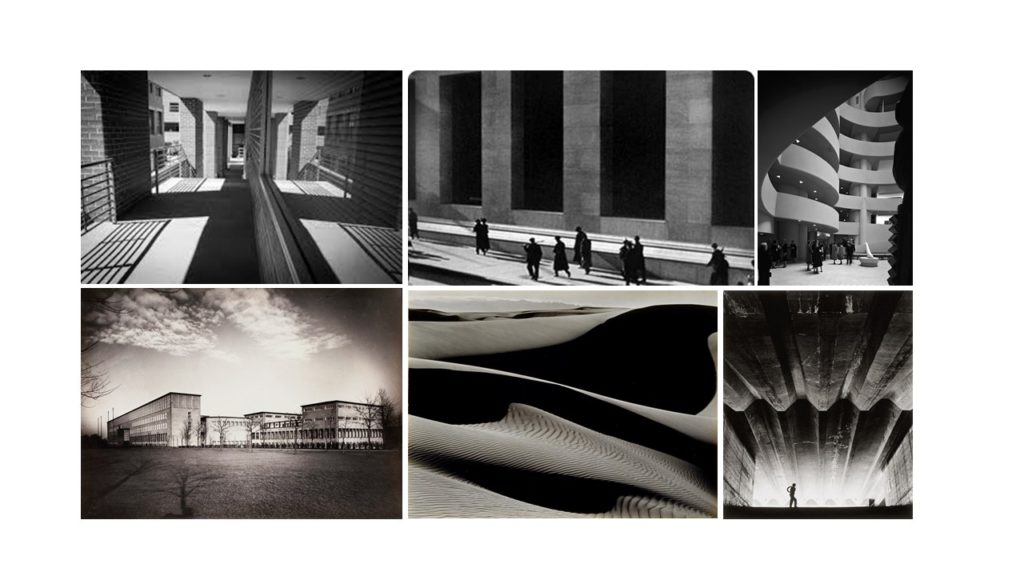Art Movements & Isms
PICTORIALISM
Time period:
- 1880’s-1920’s
Key characteristics/ conventions:
- The style was made to look like paintings so that photos could get into galleries.
- The photos were influenced by allegorical paintings.
Artists associated:
- Clarence White
- Julia Margaret Cameron
- Peter Henry Emerson
- The Vienna Camera Club (Austria)
- The brotherhood of the linked ring (Lon)
- Photo-secession (NY)
Key works:
Methods/ techniques/ processes:
- The images would be damaged or ruined either in camera or in the darkroom to make them look like painting.
REALISM / STRAIGHT PHOTOGRAPHY
Time period:
- 1920’s – 1990’s
Key characteristics/ conventions :
Artists associated:
- Walker evans
- Dorothea Lange
- Jacob Riis
Key works:
- American photographs (1938)
- The steerage
Methods/ techniques/ processes:
- To show what it happening, to tell people’s stories about their troubles and problems
- The basis for documentary photography and photojournalism



